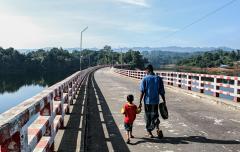Chilling Prospects 2022 Special: Delivering Cooling for All, SDG7 and Climate Action
- Chilling Prospects: Tracking Sustainable Cooling for All 2022 shed light on how extreme heat and a lack of access to cooling are putting the most vulnerable increasingly at risk, and the impact that achieving Sustainable Development Goal (SDG) 1.1 (eradication of extreme poverty) and SDG7.1 (universal access to affordable, reliable and modern energy) can have on reducing the number of people expected still to be at high risk by 2030. Read the Projections of access to cooling in 2030
- This Chilling Prospects Special dives deeper into how progress towards SDG7.2 (renewable energy) and SDG7.3 (energy efficiency) can reduce the number of people at risk and support achieving SDG13 (climate action).
Introduction
According to Chilling Prospects 2022, in 2030, as many as 1.22 billion rural and urban poor may still be at high risk of lacking access to cooling solutions if current trends continue (Figure 1). In contrast, achieving SDG 7.1 and SDG 1.1 by 2030 could lift nearly half a billion people up from high risk in high-impact countries. [1]
In this scenario, over 2 billion lower-middle-income people would remain at medium risk and 1.37 billion middle-income people at low risk, progressively able to purchase cooling solutions but possibly having limited options that are both sustainable and affordable. How cooling needs will be met by these populations at medium and low risk — how fast, and with which solutions — will be decisive in delivering just and equitable energy transitions and keeping climate goals within reach.
Figure 1. Populations with access to cooling risk globally in 2022 and 2030 (if SDG1.1 and SDG7.1 are achieved)
As vulnerable populations in high-impact countries earn higher incomes and gain access to quality electricity, ownership of cooling solutions can be expected to increase. Demand for space cooling is already the fastest-growing use of energy in buildings, accounting for about 2,000 TWh of electricity demand in 2021, almost 16 percent of the sector’s total electricity consumption. By 2030, the global market for residential refrigerators has the potential to triple — up to USD 14.3 billion — while sales in industrial and transport refrigeration could see annual growth between now and 2030 as high as 5 percent.
This analysis takes a deep dive into the multi-faceted risks faced by populations with estimated medium and low access to cooling risk in 2030. It unpacks the potential magnitude of appliances that households at risk could own if supplied with adequate electricity services, and estimates the potential implications of higher access to sustainable cooling by these populations for the progress of high-impact countries towards SDG7 and 1.5 C degree pathways.
The findings highlight the importance of placing policies for access to energy-efficient and sustainable cooling at the core of efforts to achieve SDG7.3. At the same time, it shows how a combination of sustainable cooling solutions and the decarbonization of electricity supply can mitigate the growth in cooling-related greenhouse gas (GHG) emissions and drive progress towards SDG7.2, including in rural areas.
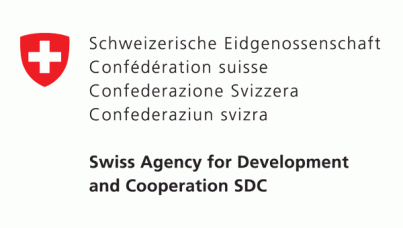 |
SEforALL acknowledges with gratitude the financial and technical assistance provided by the Swiss Agency for Development and Cooperation that made this Chilling Prospects Special possible. |
Notes and references
[1] High-impact countries: Algeria, Angola, Argentina, Bangladesh, Benin, Bolivia, Brazil, Burkina Faso, Cambodia, Cameroon, Chad, China, Congo, Rep., Cote d'Ivoire, Djibouti, Dominican Republic, Egypt, Eritrea, Eswatini, Gambia, The; Ghana, Guinea, Guinea-Bissau, India, Indonesia, Iran, Iraq, Lao PDR, Liberia, Malawi, Mali, Mauritania, Morocco, Mozambique, Myanmar, Namibia, Niger, Nigeria, Pakistan Papua New Guinea, Paraguay, Peru, Philippines, Senegal, Somalia, South Sudan, Sri Lanka, Sudan, Thailand, Timor-Leste, Togo, Uganda, Vietnam, Yemen.
The Critical 9 are the countries with the largest number of people at high risk: India, China, Indonesia, Pakistan, Bangladesh, Nigeria, Mozambique, Sudan, and Brazil.
The non-high-impact countries are 22 countries with high-temperature regions: Afghanistan, Belize, Bhutan, Central African Republic, Colombia, Ecuador, El Salvador, Ethiopia, Georgia, Guatemala, Honduras, Jordan, Lebanon, Mexico, Nepal, Sierra Leone, West Bank and Gaza, Syrian Arab Republic, Turkey, Turkmenistan, Uzbekistan, Venezuela RB.
Related content

News
14 Dec 2022
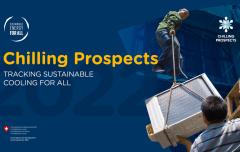
Research
17 May 2022
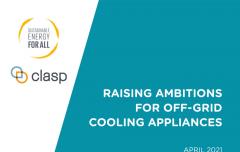
Knowledge brief
22 Apr 2021
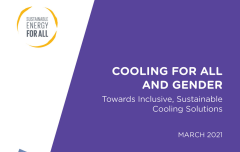
Knowledge brief
30 Mar 2021


